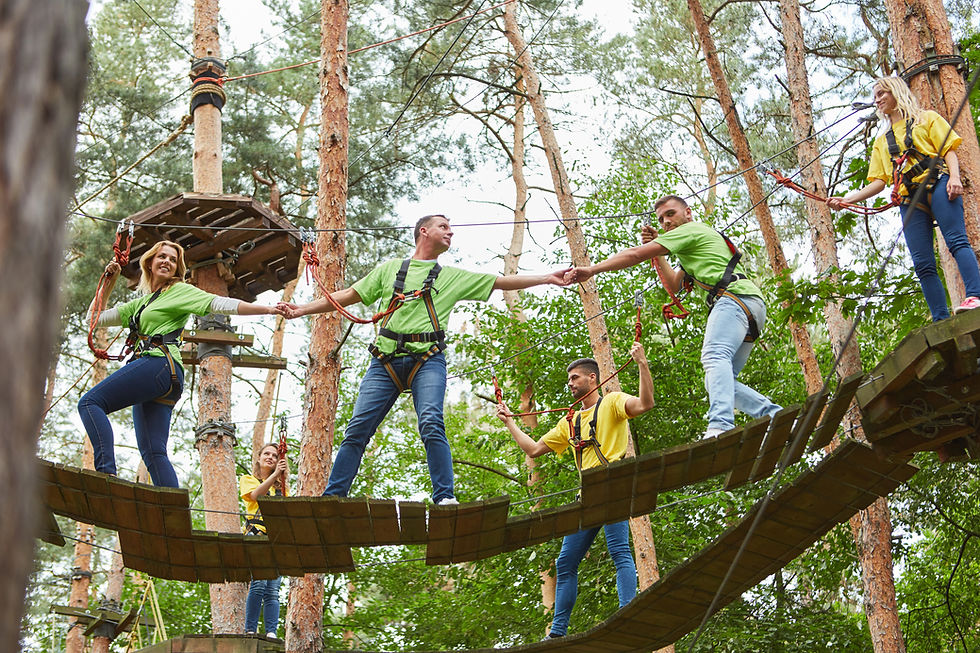Why boosting workplace productivity is just a walk in the park...
- Nicki Bass

- Mar 26, 2019
- 3 min read
Updated: Nov 20, 2023

Spring's here!
I don’t know about you, but this week has been great for my motivation – I always get a massive surge of energy when the sun comes out and I see the buds start to burst through!
And it’s not just me - a 2010 study published in the Journal of Environmental Psychology showed that spending time in nature increased vitality and a sense of feeling more alive.
But the sad fact is, that today we spend 25% less time in nature than we did even 20 years ago. And given the advances in technology that reduce the need to do even basic tasks like head to the shops for a pint of milk, that is a trend that looks set to continue.
And it’s even less necessary to get outside in most workplaces. According to the L.L.Bean 2018 Work and the Outdoors Survey, 57% of indoor workers spend under 30 minutes outdoors a day! Technology means that we can work remotely, connecting with others via the internet without ever having to leave our computer, the office, or in some cases our front doors.
Why is time outdoors so important to workplace productivity?
Given the competing demands on our time, pressures at work and our desire to get some semblance of work-life balance, it could be argued that there is a compelling argument to just getting the work done and leaving outdoor time for home...
So, why bring it into work time at all? Well, at the end of the day, it comes down to productivity and ultimately the bottom line. There is now a growing body of evidence showing that time outside increases short term memory, energy levels and decreases stress levels– all which ultimately result in better results for both the employees and the business. Furthermore, significant time outdoors and away from technology has been shown to boost creativity by as much as 50% - contrast that with the output from most workplace meetings and you begin to realise the impact this could have…
So, what's the best way to increase workplace productivity by getting outdoors?
The reality is there is no one size fits all solution in terms of actual tools. What works best will be determined by the location and size of the organisation, as well its demographic. However, there are some steps that everyone can take to reconnect with the outdoors and take advantage of all the benefits this can bring.
At an individual level, it is looking for ways in which time outdoors can become part of your daily routine - whether it’s taking meetings outside, netwalking or finding 10 minutes at lunch simply to walk around the block.
At a leadership level, it is by actively supporting your people to not only take a break, but to get outside in the fresh air whilst doing so. Key to this is treating this time outdoors as a vital part of building their resilience as well as their productivity.
And at organisational level, it is recognising the significant difference time outdoors can make to your business outcomes and then integrating this into wellbeing, resilience - and ultimately productivity – strategies.
Given all of the evidence, why wouldn’t you?
Resilience at Work helps organisations and individuals to build resilience and leadership through experiential coaching and adventure programmes. Click here to find out more about how we can help.



